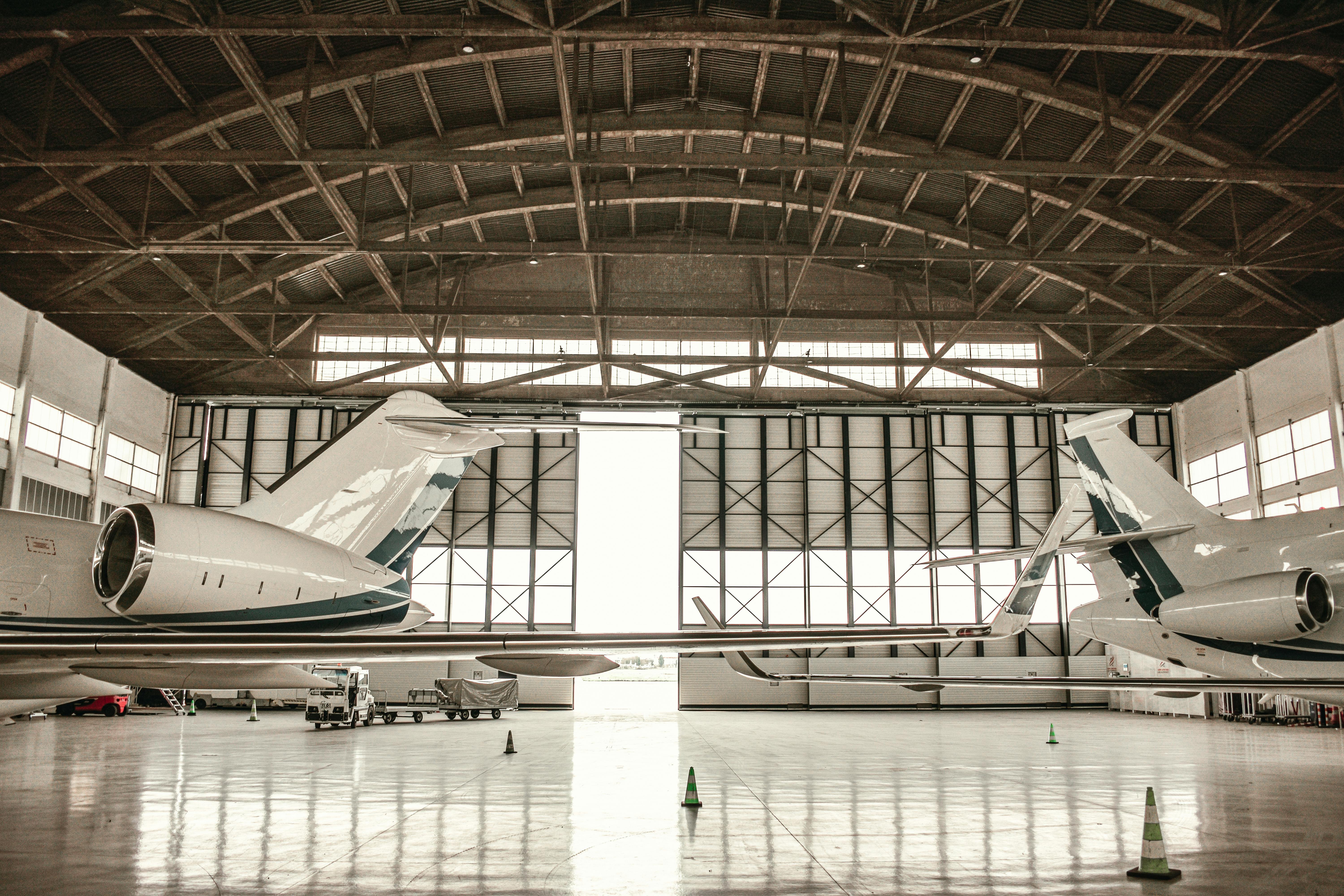Resilience in the face of disaster – why aviation always returns stronger and investors keep on coming back

Aviation demand remains strong despite global crises, but investor caution raises questions about the future of aircraft financing.
Aviation has repeatedly recovered from global shocks – from volcanic eruptions and wars to financial crises and pandemics. Throughout each crisis, passenger demand has eventually rebounded, ensuring new aircraft remain essential to global connectivity.
Today, however, the sector is facing a different challenge: investor caution. While demand for flying continues to grow, many banks and capital markets remain hesitant to finance new aircraft.
The COVID-19 pandemic marked one of the sharpest downturns in aviation history. In 2020, around 90 percent of the global fleet was grounded, and numerous airlines filed for bankruptcy. The recovery took years, with seat capacity and passenger numbers staying suppressed well into 2022 and 2023.
This prolonged recovery has left a lasting imprint on investment behaviour – one that persists even as traffic approaches pre-pandemic highs.
Challenges and opportunities for the aviation industry in 2025
Could sector return to "steady state" last seen in 2018?
Aircraft leasing is at an all-time high. Since the pandemic, airlines have been less inclined to commit capital to new aircraft purchases, and banks and capital markets have also pulled back.
According to Boeing's Commercial Aircraft Finance Market Outlook 2025, the amount spent by the airlines and financial sectors on new aircraft declined again in 2024, leaving it to the leasing companies to pick up the slack.
Nevertheless, Boeing retains hope that investment can return to the “steady state last observed in 2018 [and that this] could reshape the financing landscape”.
While commercial banks entered 2025 with continued caution, capital markets have shown signs of improvement, and leasing remains the most stable segment, posting its fourth consecutive “satisfactory” outlook since 2021.
Is 'NextGen' distracting us from our generational task of decarbonising
Why North America has fewer lessors than other markets
At the end of 2023, 58 percent of the world's commercial aircraft fleet was leased, compared to just over 10 percent in the 1970s.
However, in most regions, the leasing share is around 70 percent – a trend in North America saw leasing fall from 50 to 40 percent over the course of the 2010s, and it sits at 40 percent today, thus impacting the global average.
The North American figures underline that the continent’s airlines have better access to capital markets, enabling much more affordable alternative financing options such as corporate debt.
Dominated by four airlines, the US market, in particular, favours the ownership model, and these airlines own a high proportion of their aircraft.
But there is a potential drawback: airlines that lease tend to have younger aircraft as they can renew their fleets at a faster rate. For example, the average age of aircraft in Asia-Pacific, the Middle East and Europe remains under 12, compared to a global average of 14.8. In the US, the average age of the fleets of Delta and United are 15.43 and 16.05 respectively.
Nevertheless, these figures paint a positive picture of the North American market in terms of access to the capital markets, so why do capital markets in the likes of Europe and Asia continue to distance themselves, particularly now that the economic woes of the Pandemic are almost forgotten.
How bailouts saved airlines, jobs and the aftermarket
Root causes of diminished interest predate the pandemic
In truth, long before the pandemic, there was a dip in capital-intensive investments, such as aircraft.
In the wake of the 2008 Financial Crisis, most of the world’s markets got super cautious, and this wariness has never fully dissipated, with regulators imposing much stricter capital requirements on banks before they make capital-intensive investments.
ESG regulations have also dampened interest. Investors can no longer be sure an aircraft will fulfil its life-cycle. The industry is busy plotting a new course where there will be no room for fuel inefficiency.
Huge numbers of the aircraft grounded in 2020 never returned to the skies because their owners thought it more prudent to scrap them for spare parts or sell them on – bad news for the investors who were banking on 20-30 years of full service.
This level of caution continues today: some investors fear new aircraft purchases could potentially become stranded assets as innovation accelerates towards the industry's goal of achieving net-zero emissions by 2050.
It could be argued, therefore, that leasing is a sensible option while they wait it out for the ‘future aircraft’: the fuel-efficient, aerodynamic fleet that will help the industry achieve its 2050 goal.
Besides, the lessors tend to have a much stronger credit rating than the airlines. This gives them easier access to financing, as well as debt and hybrid equity, at much lower rates than the airlines.
Will supply chain crisis stop aviation industry recovery in its tracks?
SATAIR TAKEAWAY
The disinterest shown by many banks and commercial markets in investing in new aircraft is not just a result of the pandemic, but a number of different factors – most notably the tighter regulations in the wake of the 2008 Financial Crisis and growing ESG concerns. If anything, the pandemic has enabled commercial aviation to demonstrate its immense resilience and long-term viability. The investors will return as inevitably as people will want to go on summer holidays – it's human nature.